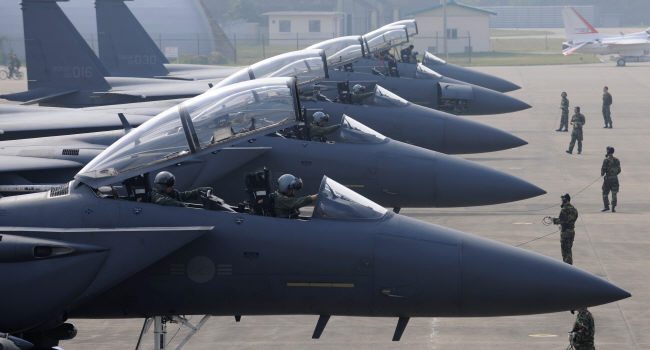Despite austerity measures implemented by most Western countries, the military Support in Service (SIS) market seems to be relatively immune from the effects of the economic recession. Among SIS segments, the modernization sector is one of the most stable and promising in terms of revenue growth.
According to recent Frost & Sullivan analysis, the military modernization market will increase in value from USD 14,837.1 million in 2011 to USD18,031.5 million in 2020.
“Decreasing defence procurement budgets and the rising prices of new complex combat defence platforms are resulting in end users looking to modernize equipment rather than replace it,” says Frost & Sullivan Industry Analyst, Dominik Kimla. “The Ministries of Defence (MoDs) are trying to manage the existing air defence platforms fleet more efficiently, and balance cost savings with the higher availability rates from lesser fleet numbers. Therefore, many more life extension programs are expected in the coming years.”
The highest revenue for the defence industry will be generated by the air segment of military modernization sector that will exhibit a Compound Annual Growth Rate (CAGR) of 2.6 percent from 2011 to 2020. The air modernization segment will also increase its share in the global military modernization expenditure from 41.7 per cent in 2011 to 43.3 per cent in 2020.
North America will keep its position as the top region in terms of air modernization defence spending, mainly due to the United States. It is expected that the regional market will experience a stable 1.5 per cent CAGR increase during 2011-2020 period.
Frost & Sullivan research also shows that the APAC, Middle East and Latin America will experience the highest CAGR growth at 4.5, 4.2 and 4.3 per cent respectively for this period. In particular, the size of the market and high CAGR growth will make the APAC and Middle East countries very promising markets for suppliers of military air modernization packages.
“At the country level, it is noteworthy that after the U.S., Russia will have the second biggest air modernization budget, worth USD 3,821.4 million, during the analyzed period,” highlights Mr. Kimla. “Russia’s high rank in modernization efforts is the result of huge state investment into the military to cover the modernization gap after the collapse of the Soviet Union.”
The top defence companies should be aware of growing competition, particularly from Tier-1 firms, which are more and more active in the military modernization market. Therefore, the major defence companies need to adopt new business models to capitalize on the aftermarket services.
Since MoDs are increasingly looking for complex but compatible solutions, defence companies should offer modernization packages as an element of the total solution type. This will be the most efficient way forward, both from the supplier and end-user perspectives. In doing so, the development of local industrial footprint is also a vital point to consider for the suppliers.
“Another recommendation for market participants is the adoption of commercial off-the-shelf solutions to reduce costs of modernization packages,” summarizes Mr. Kimla. “In the near future, the industry should also be prepared to manage a new demand for retrofit of a growing number of unmanned systems.”
The above Market Insight is based on Frost & Sullivan’s new Global Military Support in Service Market Assessment (M83F-16). The study assesses the market for suppliers of military SIS, identifying key trends and characteristics.










